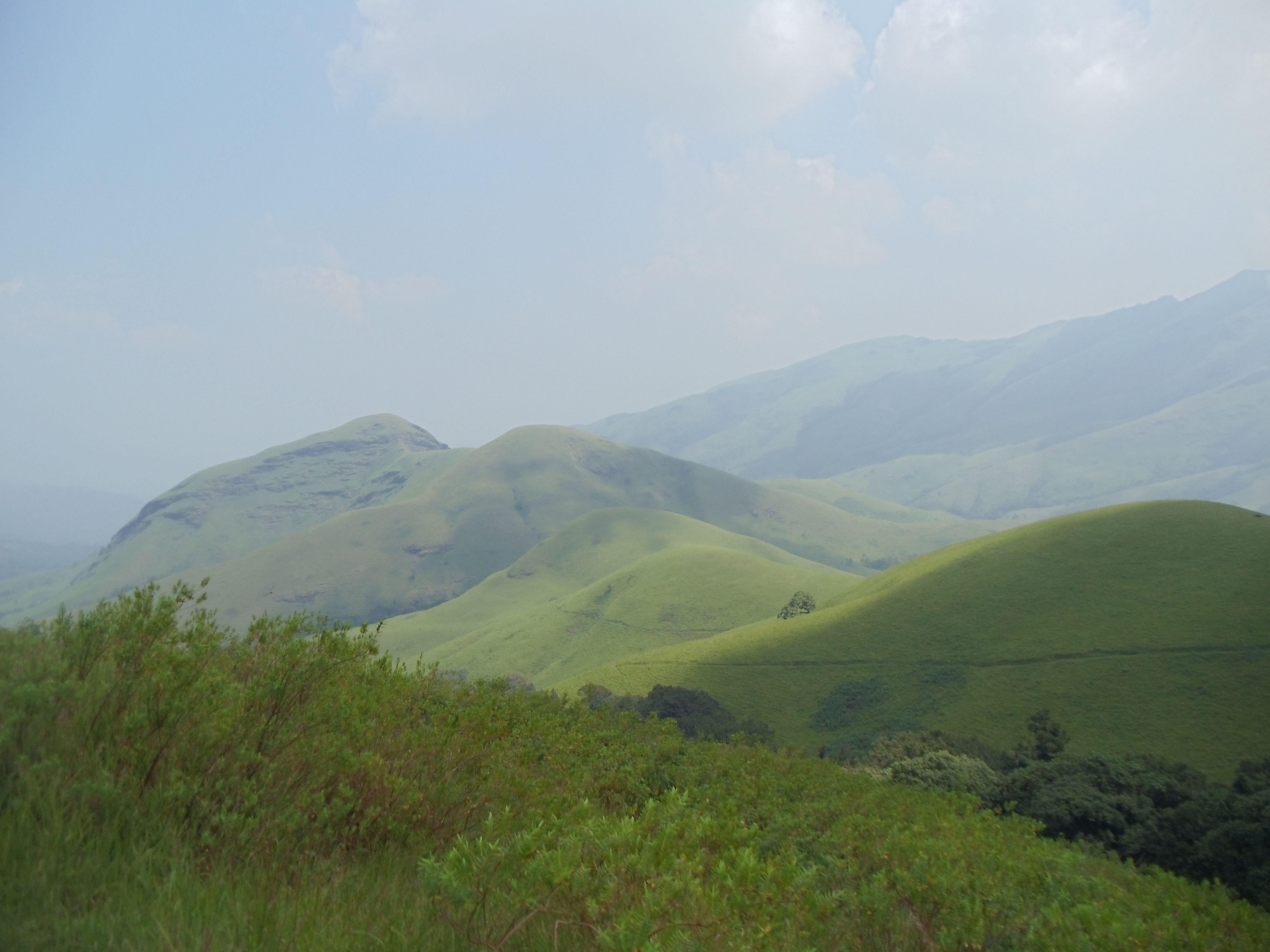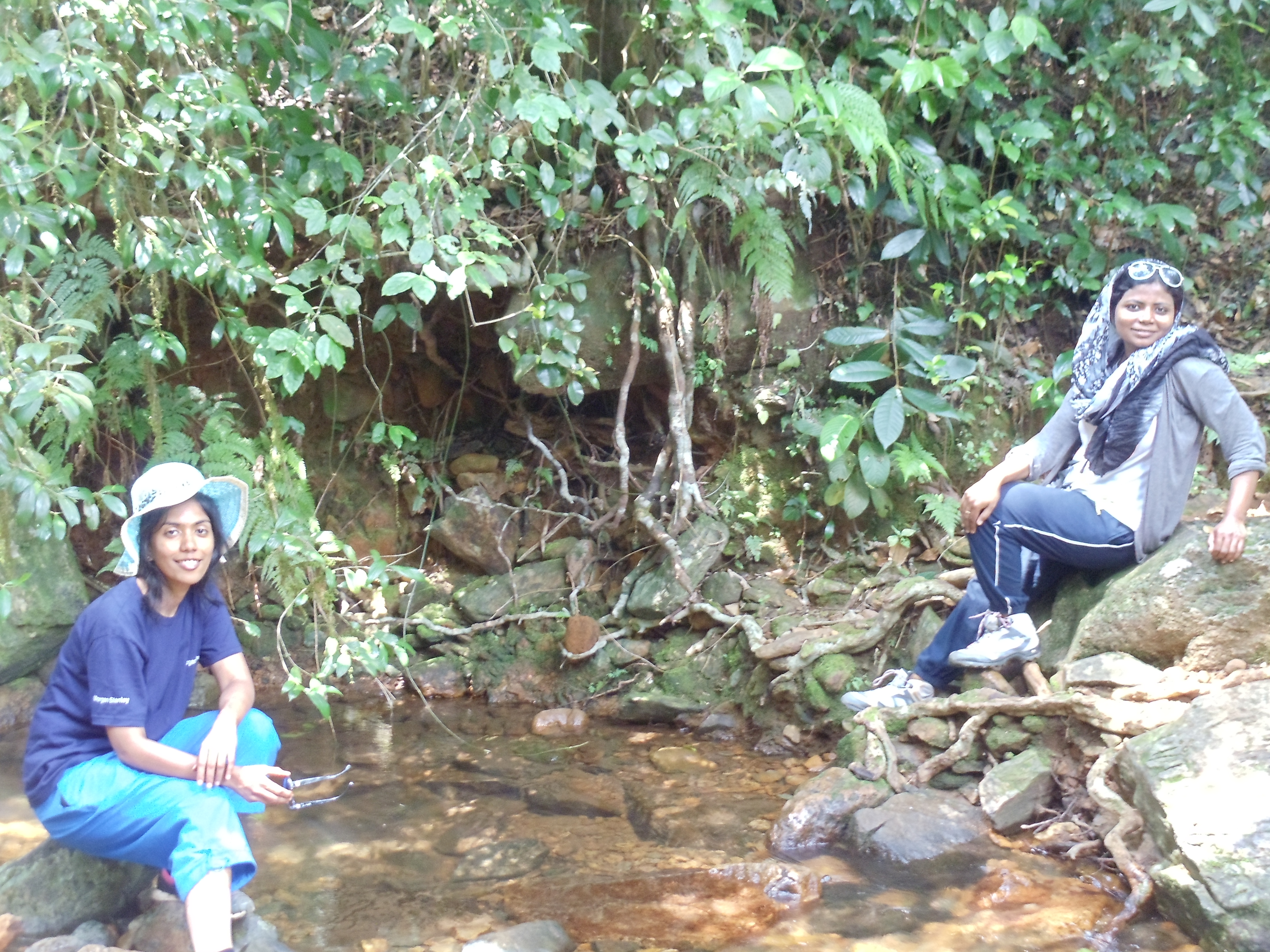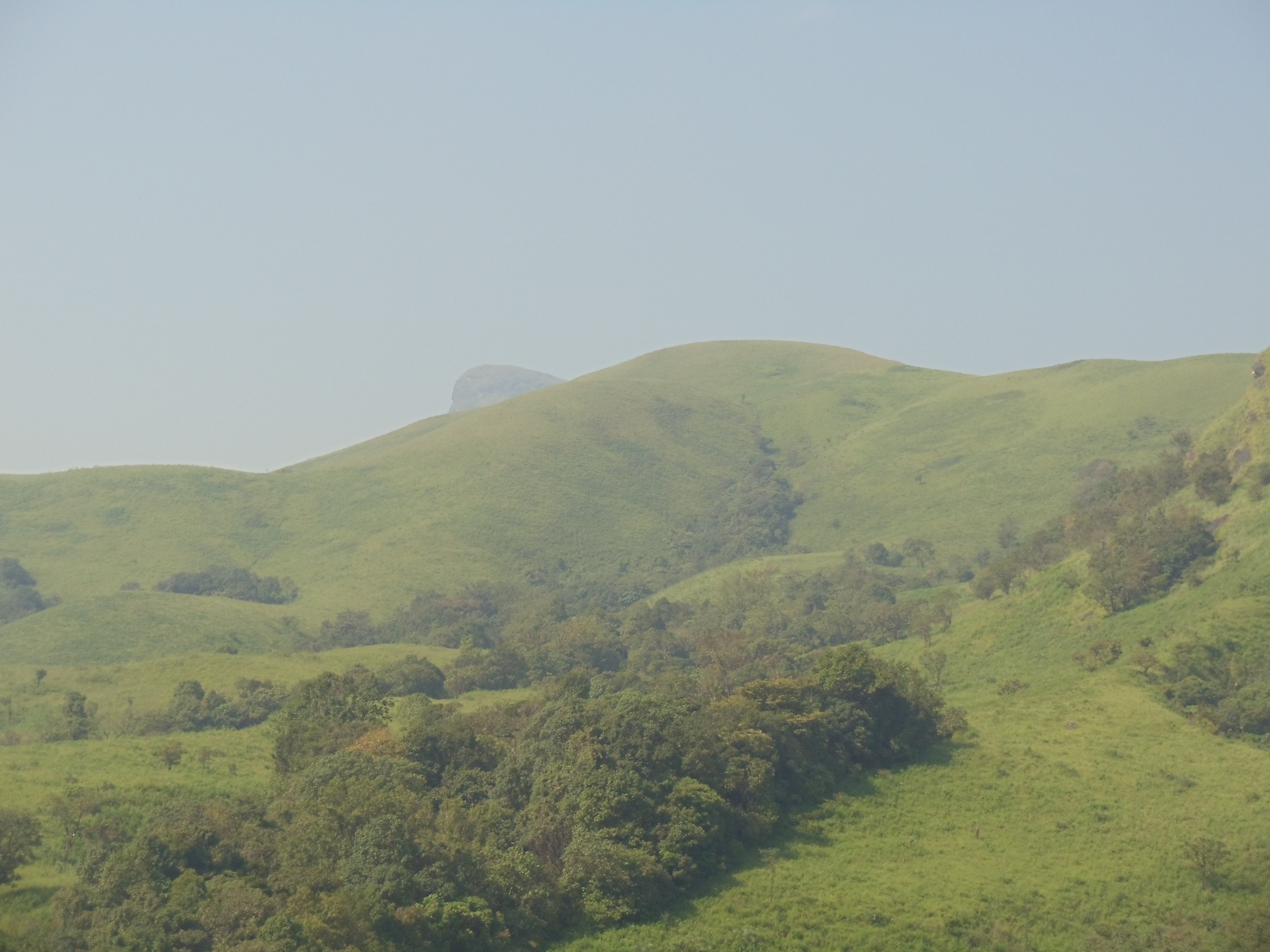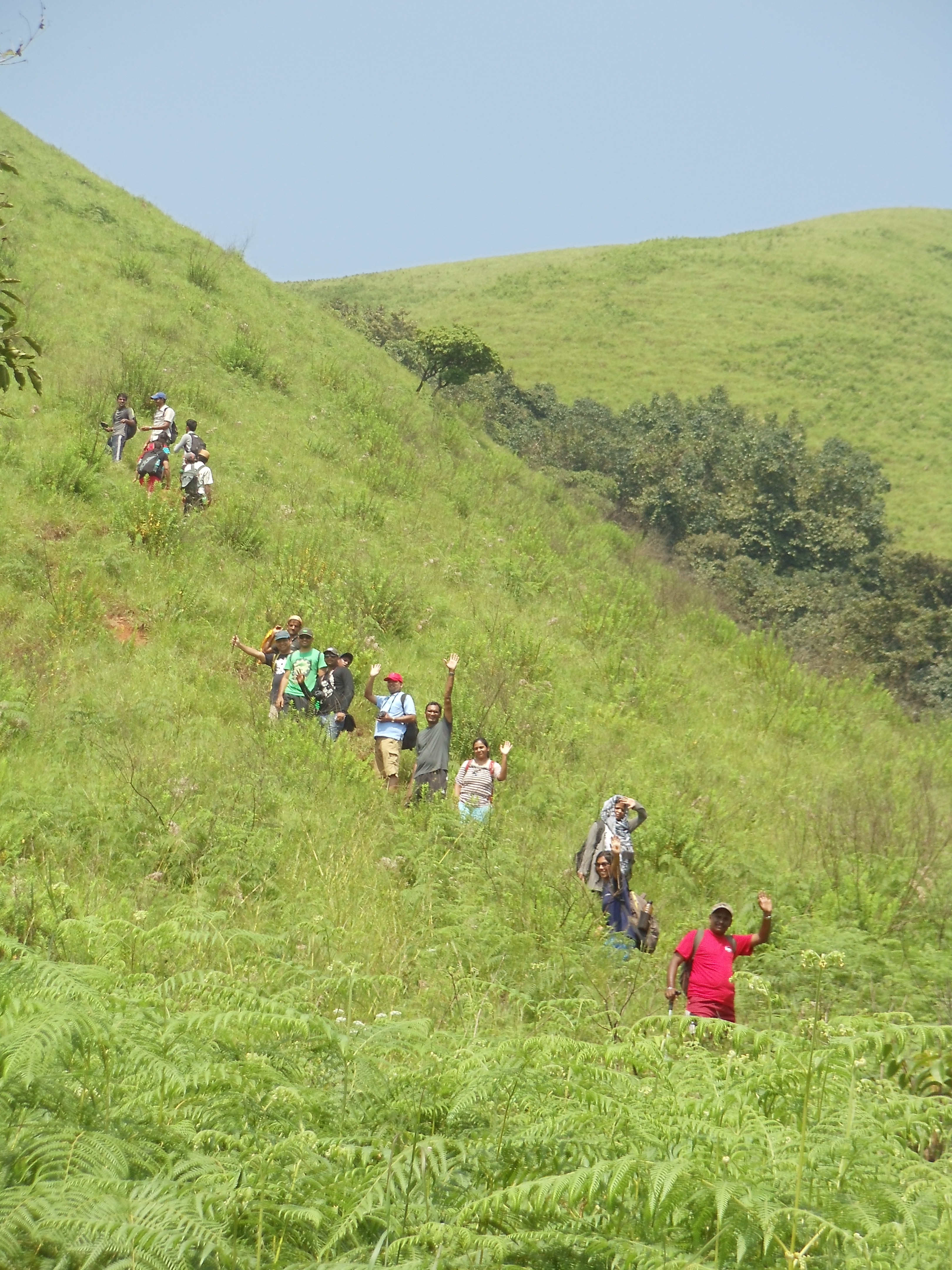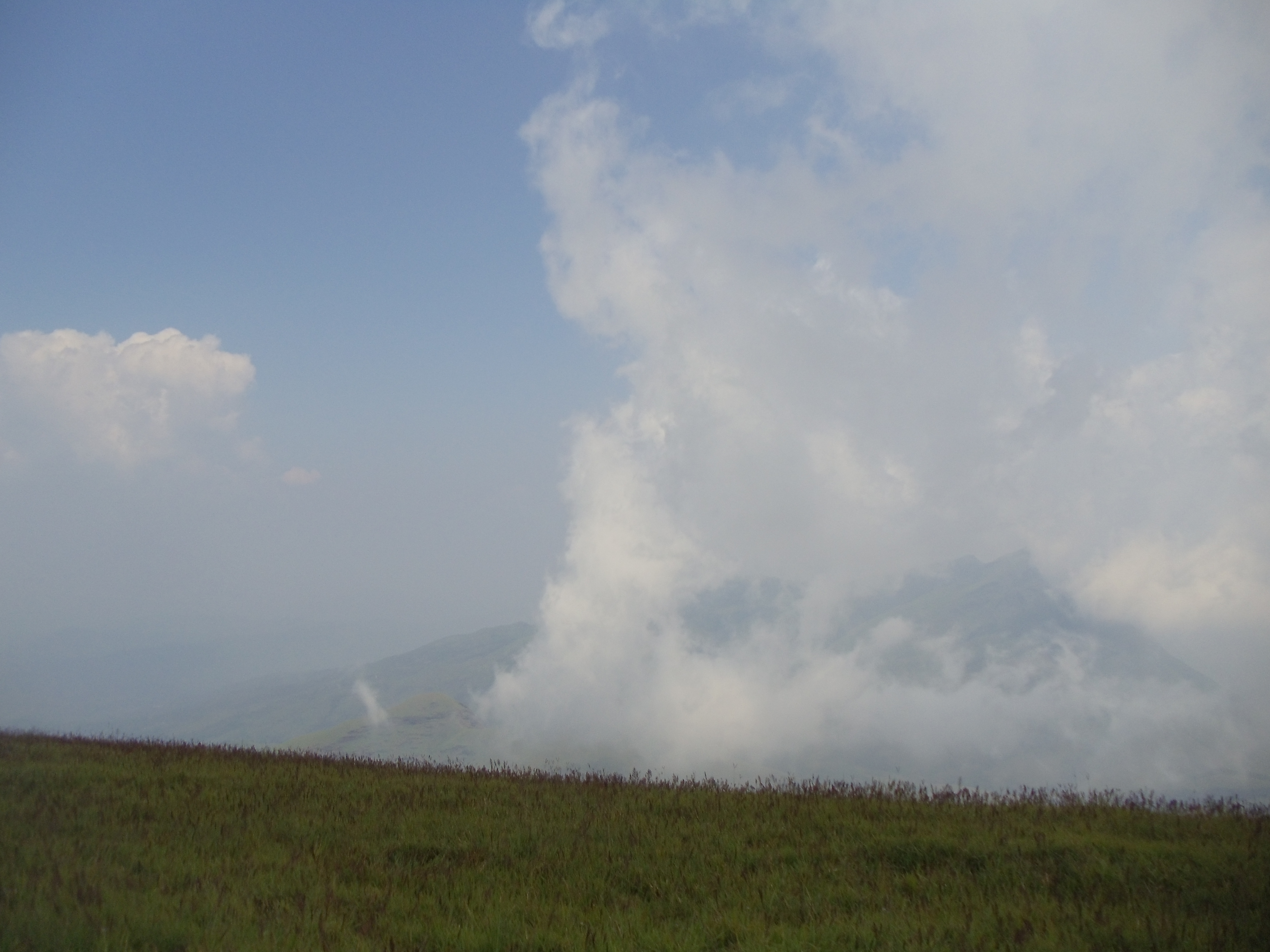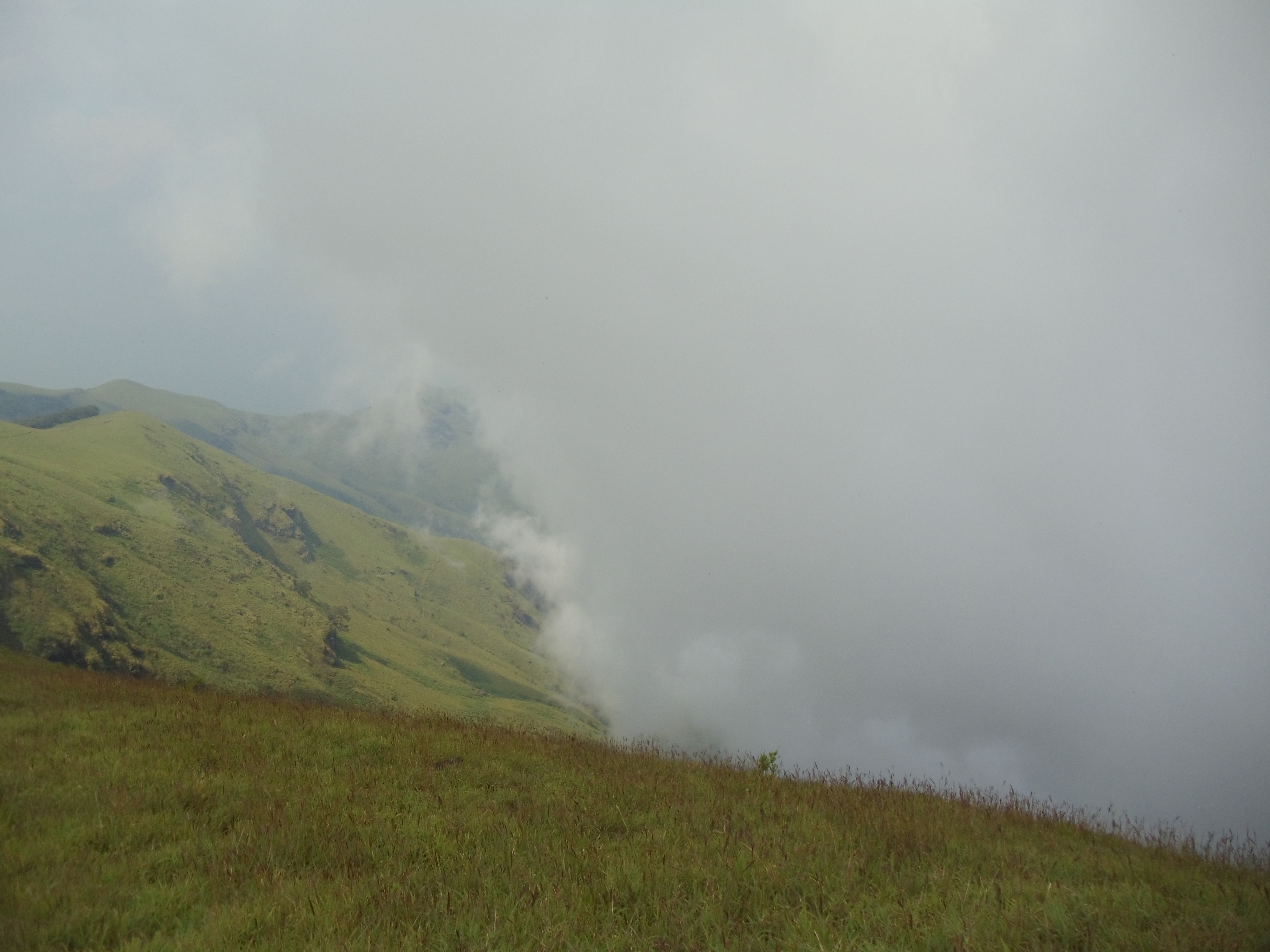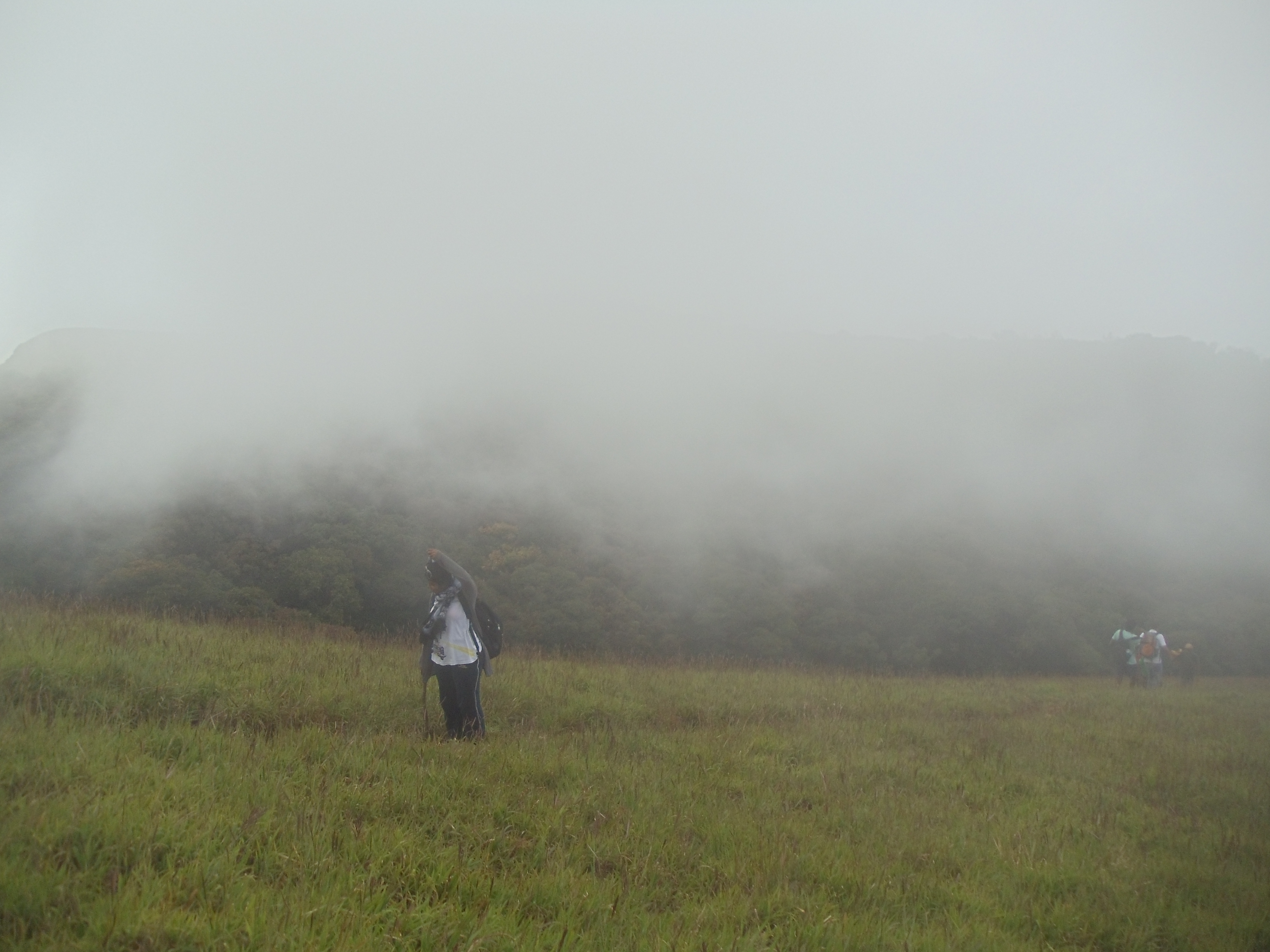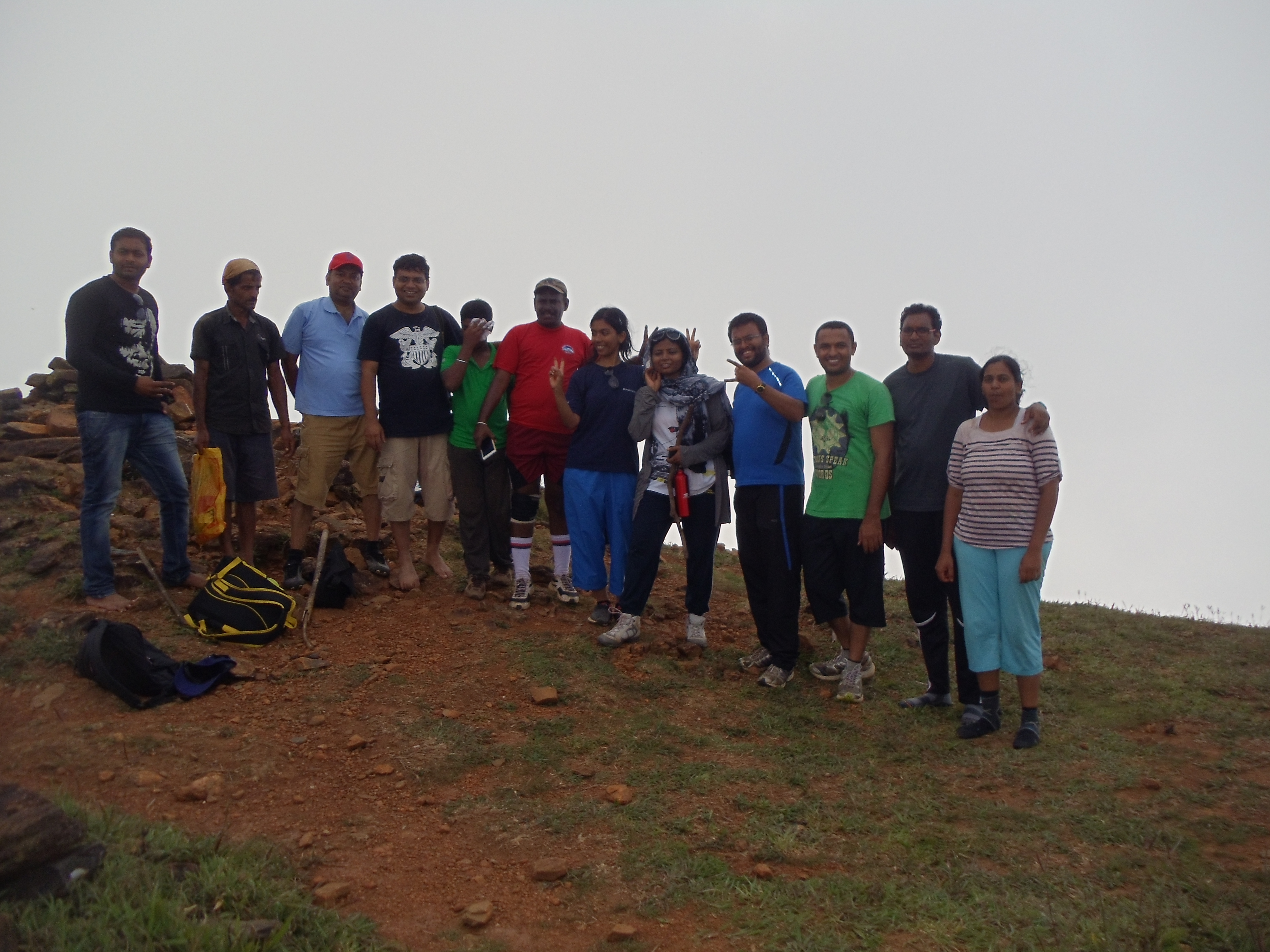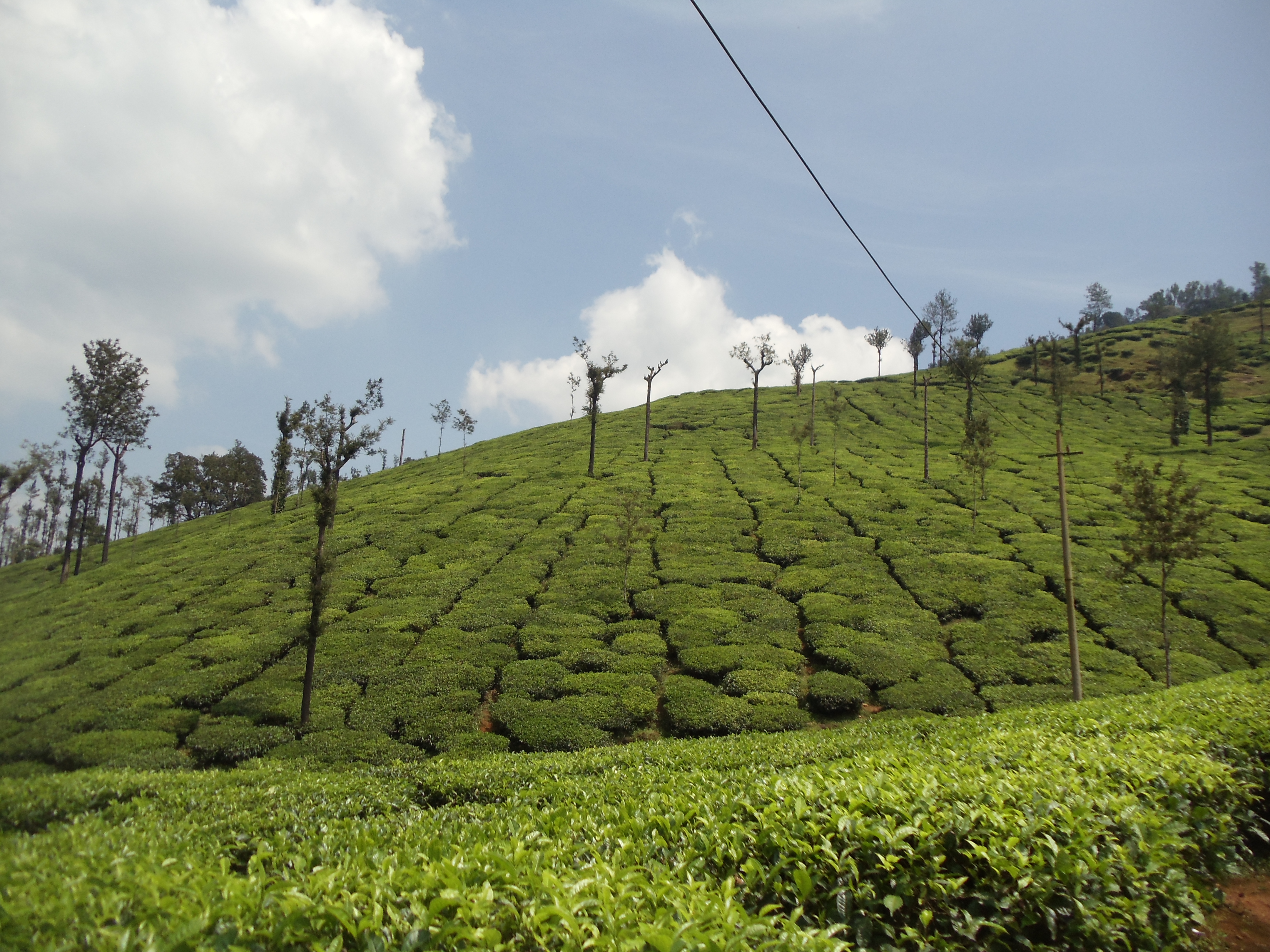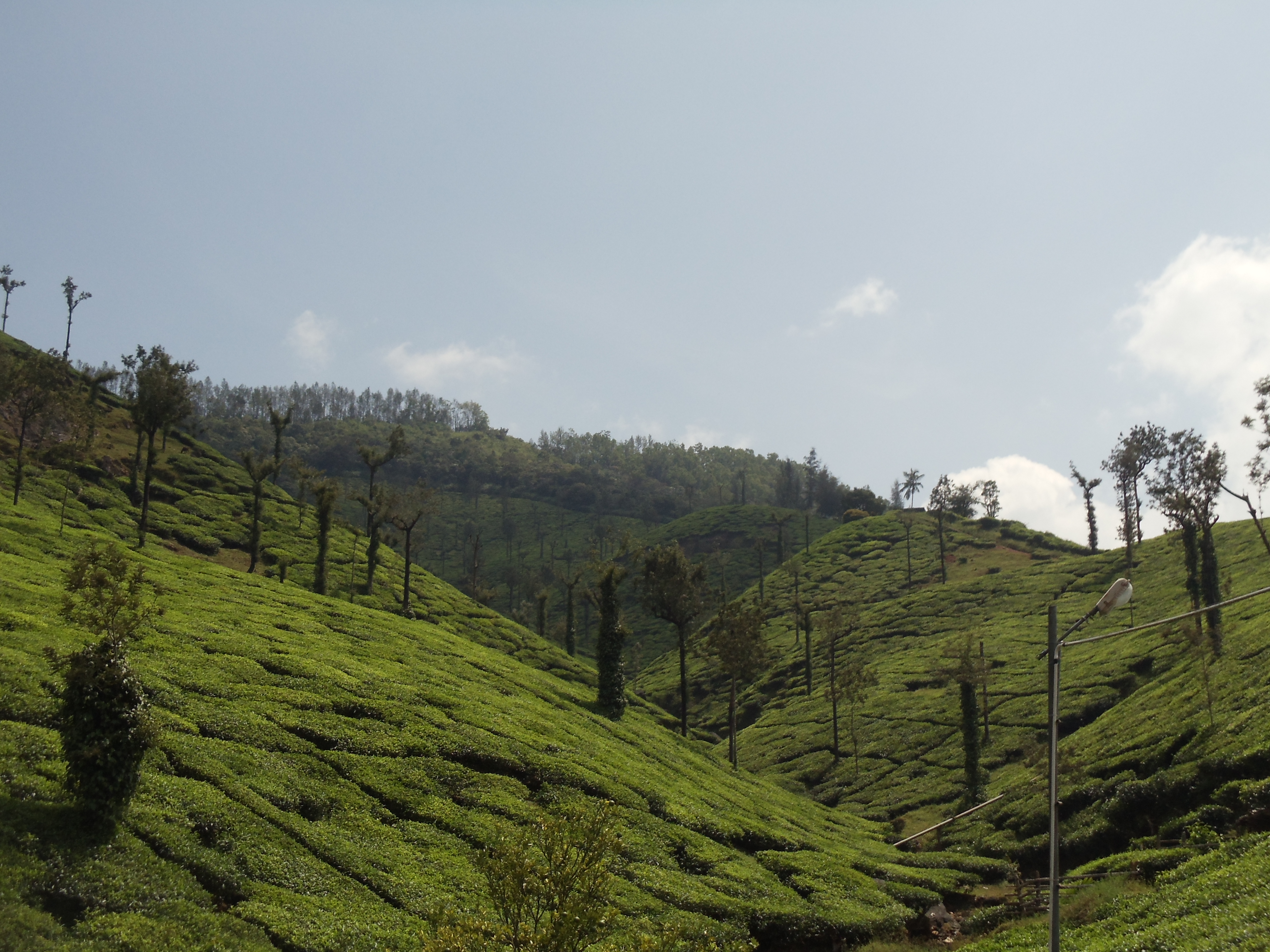A trip was long due as a couple for both of us. We had achieved a lot together in last 12 months with marriage, house purchase and then moving to the new house after all the interior work. Hence we started planning it right from November that we should be going for a trip. Bhutan was decided as the destination and timing was to be our first anniversary. Then around December, there was news about levying heavy Sustainability Fees even for Indian citizens and it was not clear when they would start that. The exact fees was not clear and it seemed that it maybe around 3k per person per day which clearly seemed too high for us to afford the trip.
So with Bhutan as a destination being uncertain, we finally decided to go to Thailand and the tickets were booked around December end for the trip from Feb 8th to Feb 16th. And thus all our planning went about and we were almost ready with all the bookings by mid-January. Last week of Jan was when news about coronavirus started making headlines. China’s Wuhan city was heavily impacted with first hundreds and then thousands of cases being reported. Outside China, Thailand was next country with highest number of cases but it was still in single digits.
We were not as alarmed in initial state but in the first week of Feb, number of casualty in China increased and cities in China were completely locked down. The seriousness was such that even my colleagues were asked to work from home for 3 weeks in Shanghai. The number of cases in Thailand was in double digits but still less than 20. It clearly seemed that this was completely in control outside China and by ensuring that Chinese tourists were not allowed in different countries, the world had ensured that the virus was not spread.
We now had a difficult decision to make. Whether to continue with our trip plan or to postpone it or plan it for some other destination. With less than 10 days to go, I believed that we could defer making the decision to cancel the trip and wait till the last day. At that moment, it did not seem as risky and chances seemed very less that the virus had spread extensively in Thailand. Also, we had planned the trip for Bangkok for a day and then 6 days in Krabi and Phuket where there hadnt been any cases reported as yet. As days passed on, 1-2 positive cases increased each day in Thailand but still not at an alarming rate.
Even just a day before the trip, we were continuing to analyze our options. The airlines, hotel agreed to refund or postpone the bookings without any extra charges. However, we didnt know when we could again get 9 days of leave from our offices in the near future. I contacted couple of friends who were in Bangkok and they mentioned that the situation didnt seem that bad and though they were taking as much precautions and mainly staying home and avoiding crowded places, it seemed ok to go ahead with the trip.
As we did go for the trip and had loads of fun. Thailand definitely won our hearts. A beautiful country, with amazing hospitality and very practical life style. We took our precautions in Bangkok but as we reached Krabi, we felt much relaxed as situation indeed seemed under control and there was nothing much to panic about.
Now coming back to the main point of this blog, my confession. As I look back at our decision, most of the rational on deciding to go or not was completely self centered. We hardly had taken into consideration that if we had actually got contracted with the virus, would we have then brought it back to the nation and endangered everyone around us. This was a question that we never thought off. It was always about us and we were just thinking of our chances of contracting it and worst case, we would joke would be spending time in some place in quarantine.
Looking at the pandemic now this has become, our decision seems utterly selfish and short sighted. We were part of that initial hundreds or thousands of people who under-estimated the situation, prioritized our luxury and our plans risking thousands and possibly millions of others. In hindsight, I cant imagine the guilt that we would have to live with if we were confirmed positive and we would have caused someone else to be infected with the virus. The world will now have thousands of such people who will have to live their life knowing that they could have broken the chain if they had been more careful or if they had not ignored this virus.
The casualty due to this virus is now more than 23k and it seems to grow rapidly. Imagine most of these people did not get to make the choice of whether to prioritize their trip or not. They just were unlucky or in wrong place to have come in contact with someone infected. I am just glad that with strange probability at place, we were just not infected and did not cause anyone else to get infected due to us.
Hope to take life more seriously and take this as a lesson as we continue to fight the virus…








